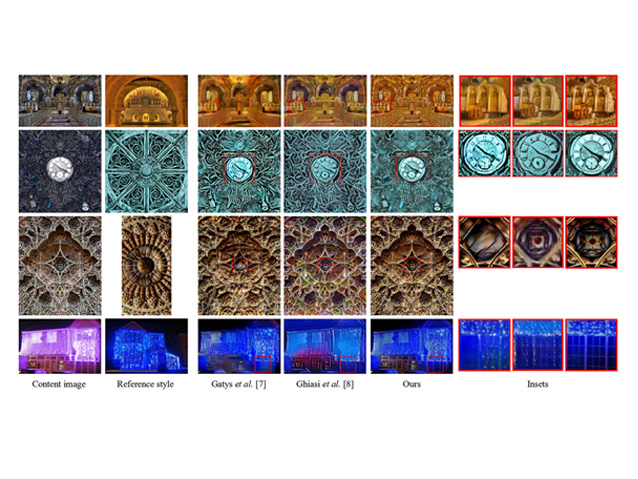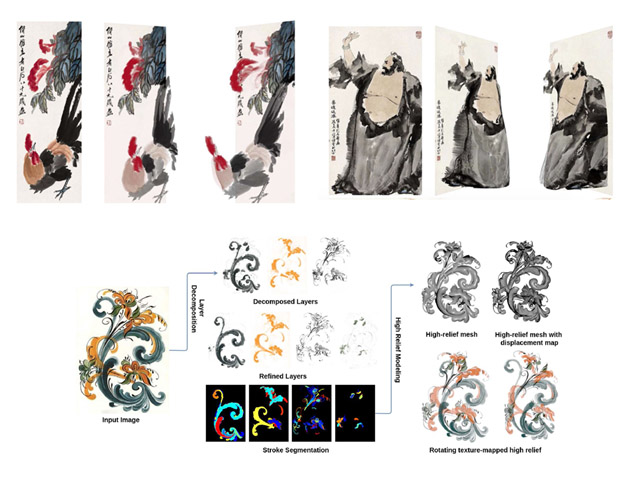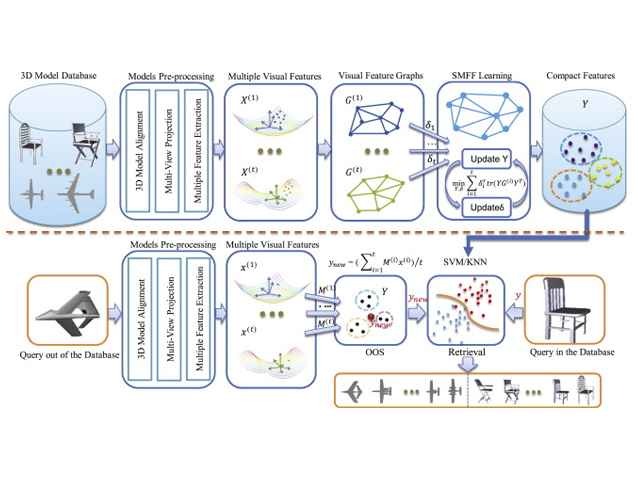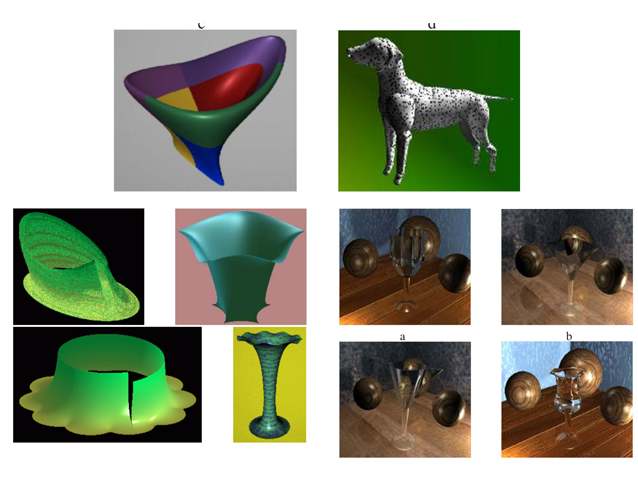Due to the complexity of a train crash, it is a challenging process to describe and estimate mathematically. Although different mathematical models have been developed, it is still difficult to balance the complexity of models and the accuracy of estimation ,is paper proposes a nonlinear spring-mass-damper model of train frontal crash, which achieves high accuracy […]










